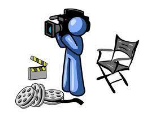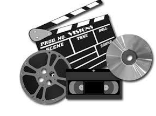This is a two-year course for individuals interested in the television industry. In the first year of this program, students operate as an actual production team in a TV studio. Students are introduced to video production with an emphasis on studio production as students create and design many different programs. Students function as directors, audio operators, camera operators, technical directors and on-screen performers. This class emphasizes live, in-studio production. The second year introduces students to field production and editing. Students will produce documentaries, commercials, dramatic programs, newscasts and fictional pieces. Students have the opportunity to go on location throughout Virginia Beach and to work at VBTV Channel 48 and other internship experiences.
Virginia Beach City Public Schools ensures equal access to all CTE courses. Accessibility accommodations will be provided as needed.
|
Unit |
The Nature of Technology  |
Television Production and Society  |
Design and Engineering in Television Production  |
Applying Design Processes in Television Production  |
Select and Apply Technology in Television Production  |
|
Focus |
Technology is a varied field of study. Students will examine the definition and applications of digital media production |
Technology is strong influence on society. Students will understand and describe the impacts of hands-on digital media production. |
Resources are the raw materials of a technological system. Selecting and applying them toward a television production solution is essential. |
Technology is a tool to assist in solving complex television production problems. A systems approach is a framework to design solutions. |
The role of technology is diverse. Identifying the role of technology in television production is essential to an improved understanding. |
|
Transfer Goals |
|
|
|
|
|
|
Unit Learning Targets |
|
|
|
|
|
